

 2
2




QuickBooks set up and Bookkeeping for Small Businesses and Farms - jocelyncampbell.com
 1
1




(from her blog Here )I often receive questions about indigo dye that fades very quickly on a textile. When I ask the dyer how long the textile was immersed in the vat the response is usually “1 or 2 minutes”. That is not enough time! Each immersion in the vat needs to be long enough to permit the indigo to penetrate into the fiber: at least 10-15 minutes. Otherwise the dye simply sits on the surface of the textile, making it susceptible to fading and rubbing off.

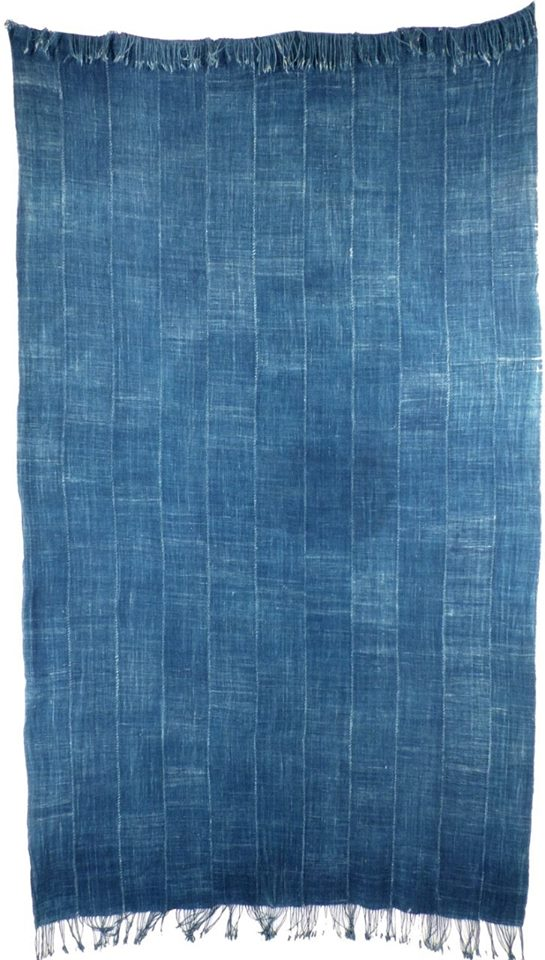
![Filename: indigo.jpg
Description: [Thumbnail for indigo.jpg]](/t/37159/a/68271/indigo.jpg)
"We're all just walking each other home." -Ram Dass
"Be a lamp, or a lifeboat, or a ladder."-Rumi
"It's all one song!" -Neil Young






 4
4




QuickBooks set up and Bookkeeping for Small Businesses and Farms - jocelyncampbell.com
 1
1





"We're all just walking each other home." -Ram Dass
"Be a lamp, or a lifeboat, or a ladder."-Rumi
"It's all one song!" -Neil Young






 1
1




Judith Browning wrote:Jocelyn, I think you got excellent results...that is a beautiful indigo blue!
Possibly there is something that could be added to 'sadden' the blue and it would be closer to the navy t-shirt if it is necessary to have a blacker blue...I wouldn't though.
I think they are wonderful samurai socks!
Do the directions have you do a vinegar rinse at the end?
I love the blue of the blouses also...you've done a lovely job
 )
)
QuickBooks set up and Bookkeeping for Small Businesses and Farms - jocelyncampbell.com






 3
3




QuickBooks set up and Bookkeeping for Small Businesses and Farms - jocelyncampbell.com
 1
1




I did soak all the newly dyed items in vinegar plus salt in an attempt to set the dye. The directions didn't mentioning any kind of dye setting, and my Google results for dye setting were kind of all over the place. I'm open to dye setting suggestions!
All samples were neutralized in a vinegar/water solution and “boiled” to finish and remove excess dye.
"We're all just walking each other home." -Ram Dass
"Be a lamp, or a lifeboat, or a ladder."-Rumi
"It's all one song!" -Neil Young










Judith Browning wrote:Catharine Ellis says in her Blog
All samples were neutralized in a vinegar/water solution and “boiled” to finish and remove excess dye.
I'm not sure what 'boiled' means, being in quotes like that?
QuickBooks set up and Bookkeeping for Small Businesses and Farms - jocelyncampbell.com
 3
3





I’m up in Covelo, where the three of us are studying katazome with John Marshall. But we’ve been doing a lot more than that! Since the katazome paste needs to cook for quite awhile, we spent a good chunk of yesterday playing with fresh indigo leaves from John’s back yard. (Luxury!)

There is also a definite green tinge to the finished cloth. John explained that fresh indigo used this way produces a distinctly turquoise color, as opposed to the navy/slightly greyish blue from a conventional indigo vat.
"We're all just walking each other home." -Ram Dass
"Be a lamp, or a lifeboat, or a ladder."-Rumi
"It's all one song!" -Neil Young
 1
1




 2
2




Ruth Cook wrote:Awesome thread! I’m trying to find Indigofera tinctoria seeds/plants (not persicaria or isatis) I’m not having any luck 😩 Does anyone know of any resources?
"We're all just walking each other home." -Ram Dass
"Be a lamp, or a lifeboat, or a ladder."-Rumi
"It's all one song!" -Neil Young
 2
2




Judith Browning wrote:
Ruth Cook wrote:Awesome thread! I’m trying to find Indigofera tinctoria seeds/plants (not persicaria or isatis) I’m not having any luck 😩 Does anyone know of any resources?
Hi Ruth...welcome to permies!
Richters.com has indigofera tinctoria seeds. Their seeds are always good quality, I've grown a lot of them although not the indigo.
 3
3











 1
1




I first met Sarah Bellos of Stony Creek Colors in 2016 when she spoke at the Growing Color Symposium at the NC Arboretum in Asheville. She presented her vision for growing and extracting indigo in Tennessee. Her goal was to introduce natural indigo to the denim industry, which is currently a huge consumer of synthetic indigo (a serious source of environmental pollution). She was partnering with Tennessee farmers who had previously grown tobacco and planned to process indigo dye locally.
the test farm was a densely planted, multiple acre farm tract where several strains of Persicaria tinctoria are growing next to the tropical varieties of indigo (Indigofera suffruticosa and Indigofera tinctoria).

"We're all just walking each other home." -Ram Dass
"Be a lamp, or a lifeboat, or a ladder."-Rumi
"It's all one song!" -Neil Young




KANJI HAMA, 69, has quietly dedicated his life to maintaining the traditional Japanese craft of katazome: stencil-printed indigo-dyed kimonos made according to the manner and style of the Edo period. He works alone seven days a week from his home in Matsumoto, Nagano, keeping indigo fermentation vats brewing in his backyard and cutting highly detailed patterns into handmade paper hardened with persimmon tannins to create designs for a craft for which there is virtually no market. Nearly identical-looking garments can be had for a pittance at any souvenir store.
 A collection of Kanji Hama’s beautifully hand-patterned and indigo-dyed fabrics along with tools of the craft.CreditPhotograph by Kyoko Hamada. Styled by Theresa Rivera. Photographer’s assistant: Garrett Milanovich. Styling assistant: Sarice Olson. Indigo pieces courtesy of Kanji Hama
A collection of Kanji Hama’s beautifully hand-patterned and indigo-dyed fabrics along with tools of the craft.CreditPhotograph by Kyoko Hamada. Styled by Theresa Rivera. Photographer’s assistant: Garrett Milanovich. Styling assistant: Sarice Olson. Indigo pieces courtesy of Kanji Hama
"We're all just walking each other home." -Ram Dass
"Be a lamp, or a lifeboat, or a ladder."-Rumi
"It's all one song!" -Neil Young
 1
1




Judith Browning wrote:I am excited when I hear of larger scale production of natural dyes.
SEA ISLAND INDIGO is doing it.
The dying process in commercial clothing manufacture is extremely toxic, so any small attempt at replacing that is 'progress' to me.
I also hope this trend, that I think that I see, leads to homegrown natural dyes having a more significant place in a homestead income stream.
Does anyone in south carolina know of this farm?




While indigo dye has been being created since the 19th century in Japan, it was only in the early 20th century that it became widespread. It took off most prominently in Tokushima, 600 kilometres from Tokyo on the island of Shikoku. At the time, there were almost 2000 cultivators, today there remain only five. Among them are the craftsperson collective Buaisou, whose mission is to preserve the ancestral art of indigo blue dye.
Buaisou was created in 2015 by Kakuo Kaji who responded to an open call from the Japanese Ministry for Education, offering to train up two people in the craft of indigo dye. The aim was to preserve this art form before it was lost forever. Buaisou was born, establishing itself as a collective of farmers and dyers who follow through the whole process from start to finish.
According to Kaji, the various processes all take place at Buaisou, from cultivating raw indigo, to fermenting the leaves, the dying, the design and the production.


"We're all just walking each other home." -Ram Dass
"Be a lamp, or a lifeboat, or a ladder."-Rumi
"It's all one song!" -Neil Young
 1
1




Description
Persicaria tinctoria/Polygonum tinctorium seeds for 2020 planting are here!
We have large packets of 15g with over 6000 seeds in them as well as smaller 5g packets. If you're growing a lot you'll want to order 15g. If you're growing in a smaller area, 5g (2000+ seeds) will be more than plenty - it's really a lot of seeds!

"We're all just walking each other home." -Ram Dass
"Be a lamp, or a lifeboat, or a ladder."-Rumi
"It's all one song!" -Neil Young
 3
3




 1
1




Judith Browning wrote:
John Elliott wrote:I hadn't heard of it before, but I am not surprised. There are all sorts of little craft enterprises keeping old traditions alive in out of the way places in South Carolina. I know there is a tea plantation (the only one in America! according to them) on Wadmalaw island, a couple islands up from Kiawah.
Do you want me to keep my eye open for Carolina Indigo plants? You may have some success growing it in Arkansas, although to compare Arkansas to South Carolina, the Ozarks are equivalent to "upstate", and the swampy "delta" area along the Mississippi would be the equivalent of the Carolina "Low Country".
Thanks for the offer, John....A few years ago I would have said sure, keep an eye out for seeds but i've tried growing it here...a few different varieties...and we just haven't got the long season that it needs. I am focusing on woad now. It was the blue before indigo many places and actually grows well here. It has high fertilizer requirements but I have found it thrives on a frequent watering from the pee bucket and a bit of ash. I know when large fields of it were grown they say it depleted the soil badly.
If you hear anything more about this farm could you share it here? I think it is outside Charleston.




AngelinaGianna Maffeo wrote:
Judith where do you get the seeds for the woad? I would love to buy some.
thanks

"We're all just walking each other home." -Ram Dass
"Be a lamp, or a lifeboat, or a ladder."-Rumi
"It's all one song!" -Neil Young
 2
2




 1
1





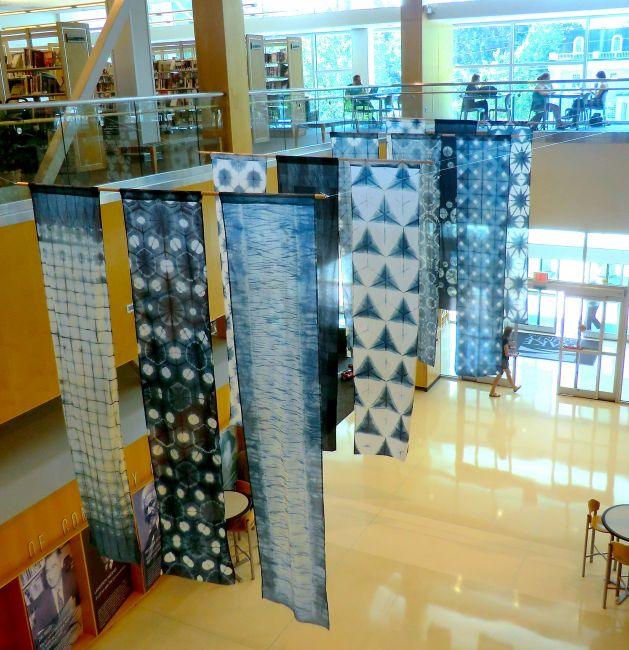
"We're all just walking each other home." -Ram Dass
"Be a lamp, or a lifeboat, or a ladder."-Rumi
"It's all one song!" -Neil Young
 2
2




 2
2




 3
3




Our inability to change everything should not stop us from changing what we can.
 6
6




Zone 6, 45 inches precipitation, hard clay soil




 5
5




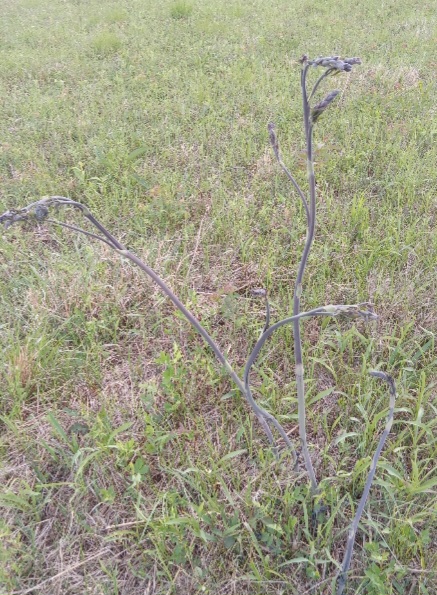
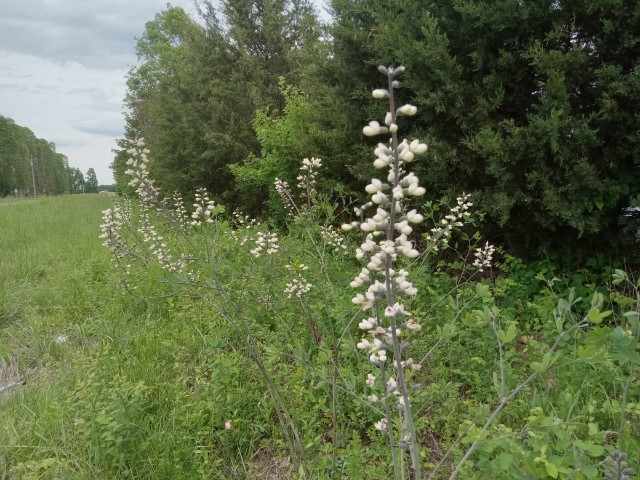
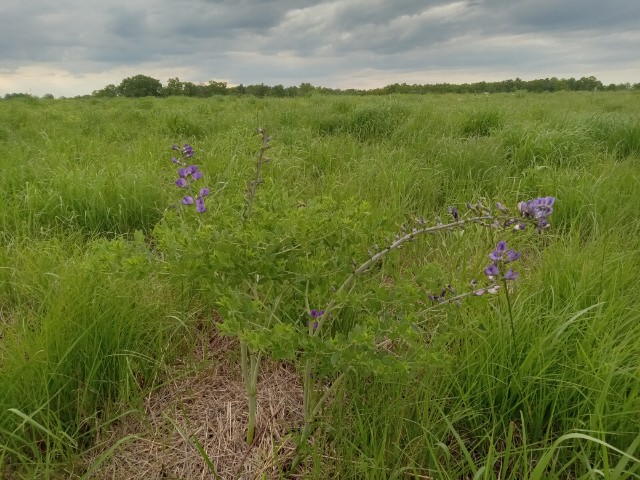
Zone 6, 45 inches precipitation, hard clay soil




 3
3




 1
1








"We're all just walking each other home." -Ram Dass
"Be a lamp, or a lifeboat, or a ladder."-Rumi
"It's all one song!" -Neil Young
 2
2




Zone 6, 45 inches precipitation, hard clay soil




 1
1




"We're all just walking each other home." -Ram Dass
"Be a lamp, or a lifeboat, or a ladder."-Rumi
"It's all one song!" -Neil Young
 2
2




Zone 6, 45 inches precipitation, hard clay soil




 3
3




 4
4




Zone 6, 45 inches precipitation, hard clay soil









"We're all just walking each other home." -Ram Dass
"Be a lamp, or a lifeboat, or a ladder."-Rumi
"It's all one song!" -Neil Young
 2
2




Zone 6, 45 inches precipitation, hard clay soil





|
There are no more "hours", it's centi-days. They say it's better, but this tiny ad says it's stupid:
The new gardening playing cards kickstarter is now live!
https://www.kickstarter.com/projects/paulwheaton/garden-cards
|









